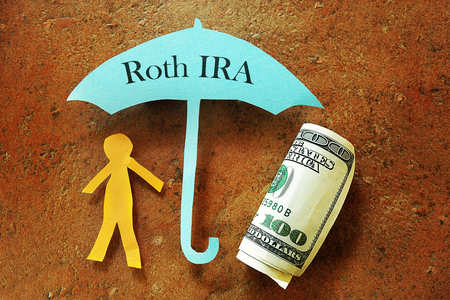
A Roth IRA is a form of individual retirement plan that resembles, except for certain key elements, the traditional IRA individual retirement plan. The more notable differences between the traditional IRA and the Roth IRA lie in the rules that govern their contributions and withdrawals.
Unlike traditional IRAs, contributions to a Roth IRA are “after tax.” This means that contributions to a Roth IRA are not tax deductible but are subject to tax.
On the other hand, eventual withdrawals or qualified distributions from a Roth IRA are tax-free. In addition to the tax-free nature of distributions from the Roth IRA, the earnings on the Roth IRA’s investment assets earn tax-deferred growth. Non-qualified distributions from a Roth IRA, as is the rule for other types of IRAs, could be subject to penalties.
If the taxpayer has attained 59-and-a-half years of age and the Roth IRA has been open for at least five years, then any withdrawals and distributions will be deemed to have attained “qualified distribution” status.
As this article notes, other sets of facts leading to distributions satisfying the definition of “qualified” could be as follows:
-
The taxpayer is disabled
-
If the withdrawal is paid out to your beneficiary or your estate after your death
-
If the withdrawal meets the IRS "first home" requirements
The ultimate determination as to whether a Roth IRA is a better choice than a traditional IRA largely depends on the expected effective tax rate at the time of distribution. Individuals expecting to have a higher effective tax rate when distributions at the back-end are made may find the Roth IRA more advantageous and profitable since the tax obligation avoided in retirement at the back-end will be greater than the income tax paid on the contribution at the time it is made at the front-end.
In other words, the time value of money invested today, which is not tax deductible, would be less than the time value of money for the Roth IRA asset. This table highlights, to a much larger extent, the similarities and differences between the Roth IRA and traditional IRA.
